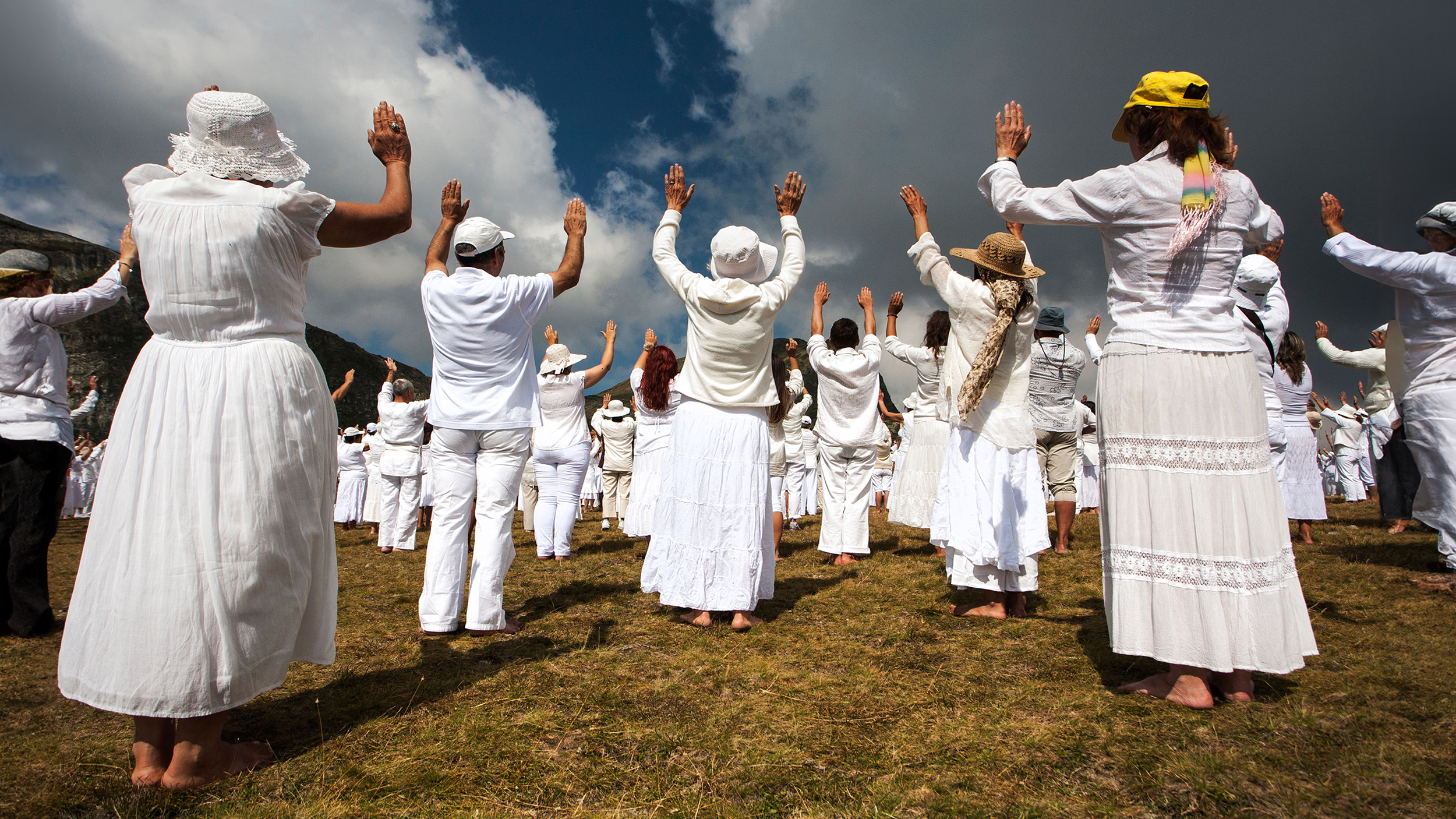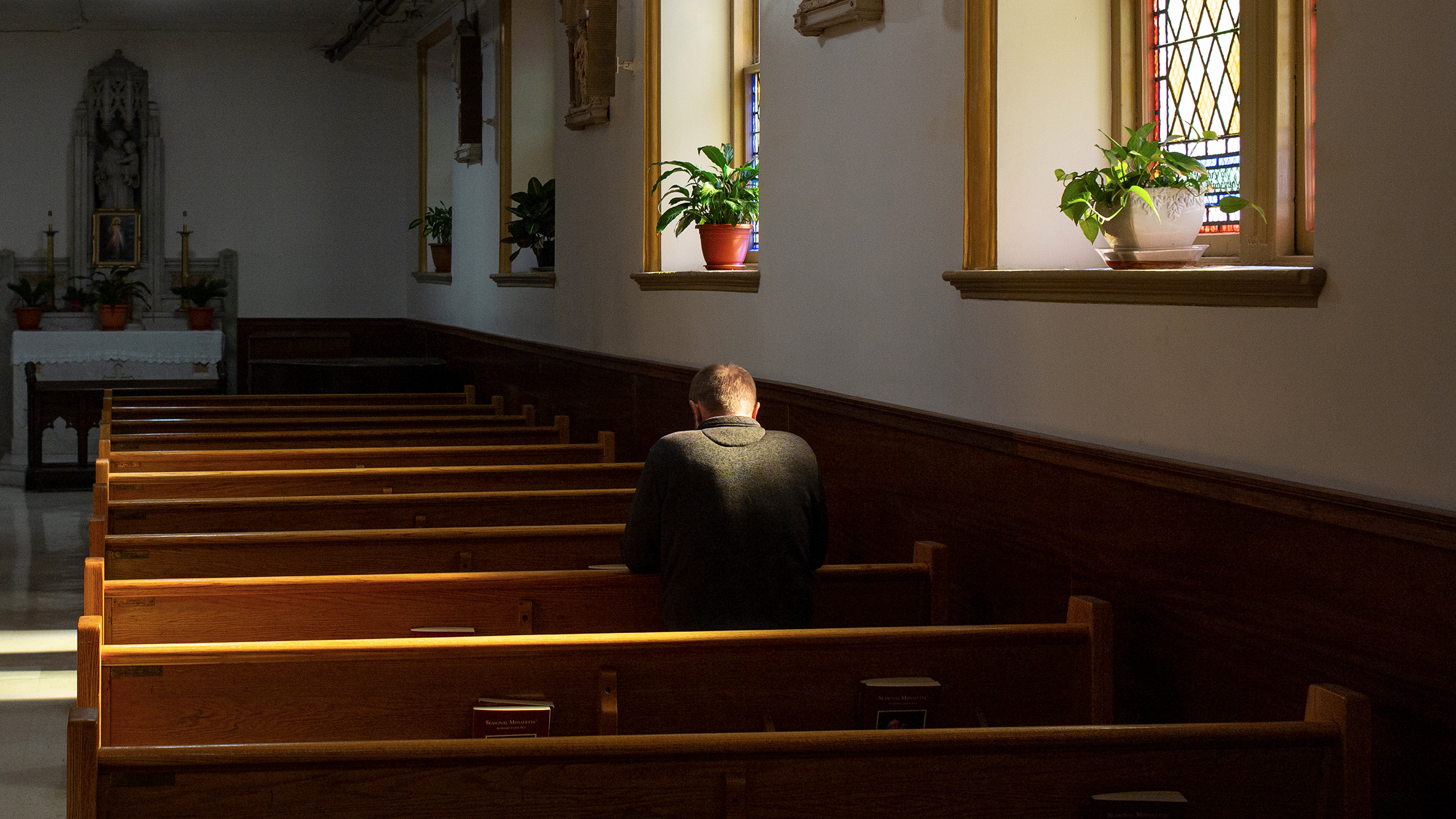Chasing the star of Bethlehem

Since primordial times, the skies have been a symbol of the transcendent.
Most religions have rituals and practices that attempt to establish a relation between us down here and the gods or God up there. Often, celestial phenomena are associated with divine actions or admonishments. A comet or an eclipse may be a bad omen, while a rainbow may signal the arrival of good weather and prosperity.
Years ago, I wrote a book exploring such relationships across religions and how they influenced some of the patriarchs of Western science—and continue to do so in the age of astrobiology and the multiverse. Historically, it is hard to negate a dimension of science that is both prophetic (we want to be able to predict what will happen next by listening and interpreting Nature) and apocalyptic (the question of the “end” figures prominently in research fields such as cosmology and astrophysics).
Given that it’s almost Christmas, it’s a good moment to examine of the most famous of these symbols, the Star of Bethlehem and the Wise Men.
Trying to relate biblical narrative to actual historical events is a complex field of scholarship, one that attracts interest both from inside and outside academia. The purpose is often goal-oriented. On the one hand, the believer historian or astronomer wants to prove that there is a connection; on the other, the nonbeliever wants to disprove any such thing. In the middle, there are those who want to investigate, as dispassionately as humanly possible, the historical and astronomical data in search of phenomena or events that justify the biblical mentions.
Chief among such events is the appearance, as mentioned in the Gospel of Matthew, of the Star of Bethlehem signaling the birth of Jesus and guiding the Wise Men (or “Magi”) from the East toward his birthplace. (It’s worth noting that the Bible doesn’t actually say there were three wise men. But Matthew’s account does say they brought three gifts—gold, frankincense, and myrrh—thus birthing a legend that there were three such visitors.)
A book published in 2016, The Star of Bethlehem and the Magi, edited by astronomer Peter Barthel and theologian George van Kooten, collects a wide range of interdisciplinary perspectives from experts on the ancient Near East, the Greco-Roman world, and modern astronomy. The book is the proceedings of an international conference that took place in 2014 at the University of Groningen in the Netherlands.
An actual astronomical event?
Largely, the articles are a response to a previous study by astronomer Michael Molnar, published in his 1999 book The Star of Bethlehem: The Legacy of the Magi, where he claims that the star was an actual astronomical event, namely the appearance of Jupiter in conjunction with the sun, the moon, and Saturn in the constellation of Aries—which modern celestial calculations show occurred on April 17 in the year 6 B.C.E. According to Molnar, astrologers would interpret such celestial event as a major portent, signaling a sort of royal birth. Couple that with the expectation of a Messiah born from the house of David, and the connection between a celestial event and the actual birth follows. According to Molnar, the Magi were actually (perhaps Persian or Arabian?) astrologers well-versed in the motion of the skies and hence keen to see such powerful astrological sign vindicated in reality.
Barthel and Kooten summarize the results of their conference into four questions:
- What? (the astronomical phenomena)
- When? (the chronology of events)
- How? (the role of astronomy and astrology)
- Why? (the evangelist’s motivation)
On the nature of the astronomical phenomena, the reactions varied from complete agreement with Molnar, to qualified agreement, to radical disagreement. As for when, most agreed that Jesus’ birth took place between 7-5 B.C.E. As for how, there was mostly disagreement regarding the intentions and interpretations of astrologers from different regions in the Middle East. One particular difficulty was to justify the appearance of only three “wise men,” given the supposed power of the celestial portent. Why not a multitude?
As for the why question, Matthew was the one evangelist that considered celestial portents seriously, as they indeed colored his narrative throughout. For example, regarding the end of time, he would write that “the stars will fall from the sky, and the heavenly bodies will be shaken” (Matt 24:29, NIV). Matthew saw prophecy mirrored in the skies.
Although opinions diverge, it seems that celestial events did occur around the birth of Jesus. The problem is that they often do, some more spectacular than others. To the extent that they provide context to a religious narrative, there is a confluence between myth-building and expectation, the skies being the realm of God and thus sacred, sending us signals of what is to come.
If nothing else, the Star of Bethlehem tells us of a time when looking up to the skies in awe and wonder was part of people’s lives, something few of us relate to nowadays. Christmas offers the perfect context for us to rekindle this ancient connection and search for our own signs in the skies.
The post Chasing the Star of Bethlehem appeared first on ORBITER.





